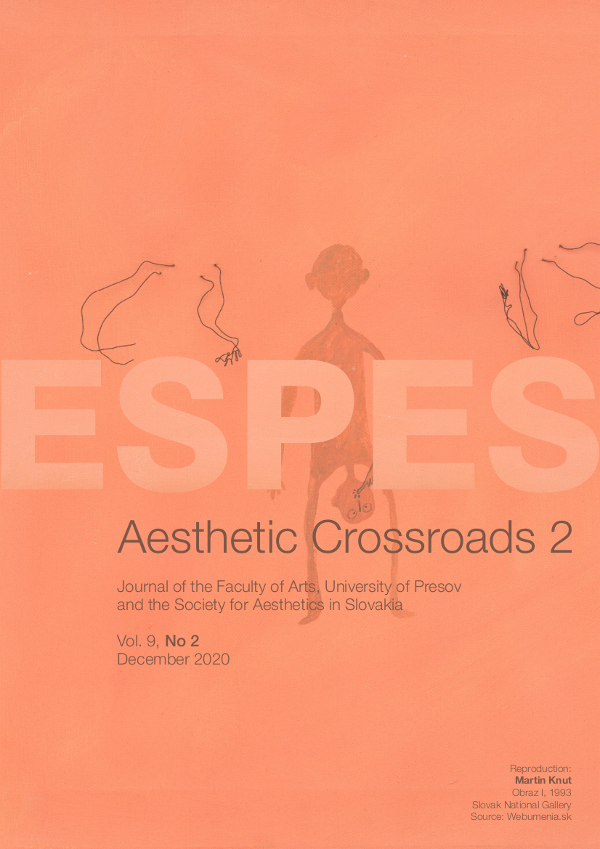Pragmatists on the Everyday Aesthetic Experience
Pragmatists on the Everyday Aesthetic Experience
Author(s): Alexander KrémerSubject(s): Aesthetics
Published by: Spoločnosť pre estetiku na Slovensku a Inštitút estetiky a umeleckej kultúry Filozofickej fakulty Prešovskej univerzity v Prešove
Keywords: Pragmatism; Dewey; Rorty; Shusterman; Aesthetics;Everyday Life;
Summary/Abstract: Although the first ‘pragmatist aesthetics’ was devised by John Dewey in his Art as Experience (1934), Richard Shusterman has been the only scholar to use the notion of “pragmatist aesthetics” in his Pragmatist Aesthetics (1992). In this paper, I show that Dewey already refuses the gap between the practices of the ‘artworld’ and that of everyday life. In Art as Experience, he criticizes the ‘museum conception’ of art to argue that some aesthetic experiences in our daily life have the same essential structure as the experience of art. While Rorty has revised Dewey’s basic premises, Shusterman has rather restated them. Since the end of the 1980s, he has started developing his own philosophical project, named ‘somaesthetics’. Shusterman’s somaesthetics does not simply incorporate many Deweyan views, but also develops them further. Accepting a Deweyan framework, Shusterman rejects the sharp dualism of the so-called “lower and higher levels of art”. What is more, he considers philosophy as an art of the living, embracing in somaesthetics the ancient Greek and Asian traditions.
Journal: ESPES
- Issue Year: 9/2020
- Issue No: 2
- Page Range: 66-74
- Page Count: 9
- Language: English

